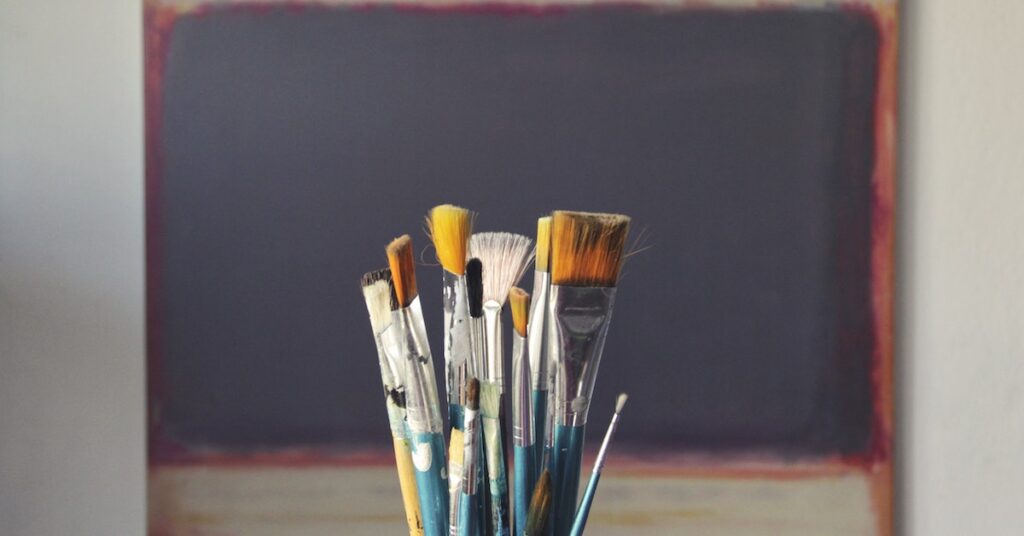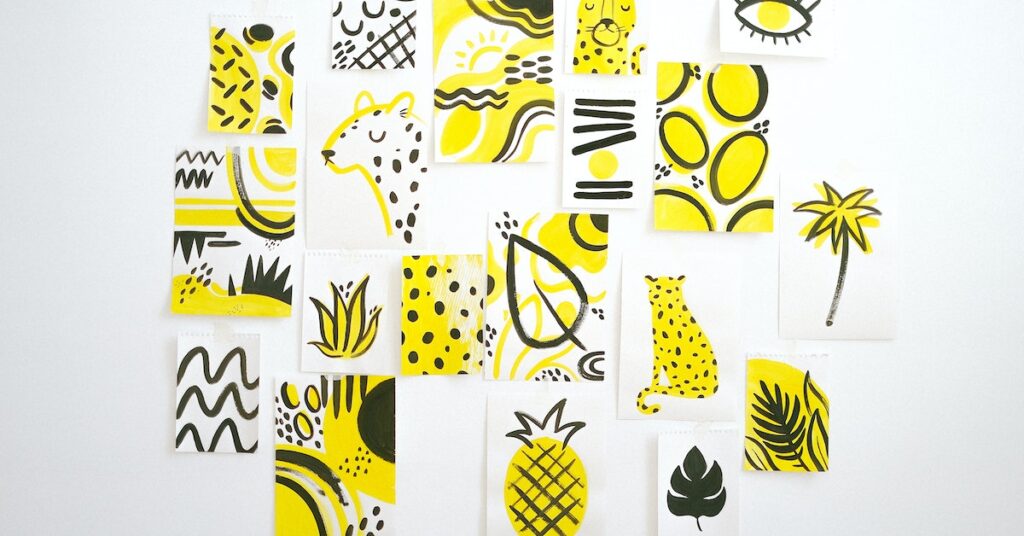Making money as an artist can be done in many ways. Parallel jobs, drop shipping, print-on-demand, and exhibitions are some options. Each of these has its benefits and pitfalls, but there is no one-size-fits-all method that works for everyone.
Drop shipping
Drop shipping is a great way to promote your art and attract more buyers. However, you will need a good eCommerce store and a reliable fulfilment partner. It is also vital that you create a good marketing strategy and create high-quality artwork. It is also important to upload your artwork on multiple platforms in order to generate more sales.
While many people think of dropshipping artwork as a passive income, the reality is that there is work involved. For instance, setting up a website and coordinating with a dropship printer will take some time. You will also need a marketing strategy and to keep it consistent.
Fortunately, dropshipping is an excellent way to expand your market, without the high-risk investment of setting up a traditional business. It is also a good idea to work with a local supplier who has fast shipping and reasonable prices. When using a dropshipper, you should avoid companies that offer poor customer support, as this will result in chargebacks and returns.
Before you start your dropshipping business, you must first determine your costs. Starting a business is not cheap, so make sure you can afford to cover all the costs of sourcing, shipping, and packaging. Then, make a plan for your time and effort. You should also decide on your product range and choose the platform that will work best for you. The dropshipping platform will determine the price and shipping methods, as well as the fees you will have to pay.
Another drawback of drop shipping is the lack of control you have over the supply chain. Many dropshippers don’t disclose the country in which their products are made. They may also post stolen storefront photos that make it seem like the company has an actual store. This can fool buyers into thinking the company has an expensive San Francisco headquarters.
Print-on-demand
You can make money as an artist by selling your art through print-on-demand sites. With these businesses, you can sell your original designs online and avoid the costs and hassle of inventory and shipment. You can also get your artwork produced as limited edition prints, which can be an excellent way to promote your art.
Print-on-demand is a great marketing tool for artists, but not all of your work will be a good fit. While a colorful abstract might be the perfect design for a shower curtain or pillow, a portrait or metal sculpture is probably not. It is also important to note that certain types of art will lose their value if reproduced. You should check with your gallery representative before pursuing this route.
If you want to start a successful print-on-demand business, you need to consider several factors. Choosing the right ecommerce platform is critical. Most platforms offer free plans, but these typically have limited capabilities, such as limited marketing options and no analytics tools. You should do some research and determine the right platforms and marketplaces for your work before making a decision.
Print-on-demand allows you to sell a variety of different products, such as T-shirts, wall prints, phone cases, and even cushion covers. You can also sell a wide range of products, such as canvas art, mugs, and drawstring bags. If you want to scale up, you can sign up for a premium membership. This will help you take advantage of discounts on all of the products you sell.
A POD company provides an excellent opportunity for artists to sell their art through a royalty-based model. By offering an unlimited variety of products, you can create a lucrative business.
Exhibitions
If you are an artist, exhibitions as a means to make a living are a great option to get noticed by people and get more exposure. However, there are risks to participating in these events. If you do not have an established following or do not market your work well, you could end up losing a lot of money.
Many artists have chosen to exhibit their work at exhibitions. They can earn a fee, and sometimes even receive an artist fee for a temporary installation. These artists can also get valuable advice from museum curators, who can provide them with information on the business of the museum. Teaching jobs in college are also possible, although competition for these positions is stiff. Guest artist programs can be a great way to find a teaching position at a college.
If you’re interested in participating in exhibitions, be sure to take good pictures of your work. Don’t be afraid to experiment with different shots, including close-ups and detail shots. Quality images are also useful for insurance purposes. Artist unions and A-N offer affordable insurance packages for artists.
The Bureau of Labor Statistics shows that only a select few artists can make a full-time living from their art. According to the BLS, in 2010, the average artist earns less than $9.10 per hour and has at least one job outside the art world. It is possible to make a decent living by selling your art, but you will need to put in the time to show it in exhibitions and museums.
The exhibition process is a vital part of the creative process. It represents a crucial moment in the artist’s career. It is an opportunity that involves a number of stakeholders, from the artist to the gallery owner. Once the exhibition has a successful audience, the work becomes a valuable sales opportunity for the artist. And a successful exhibition can help an artist get noticed by other artists and open up new avenues for career development.
Social media
As an artist, social media can help you earn a living from your art. You can use social media as a way to reach your target audience and sell your art. Artists who are active on social media can find opportunities for commissions, classes, and other activities that can earn you money.
Social media is an excellent marketing tool for artists, but it is not without risks. Artists must take care to stay away from spam and post only relevant content. It is important to keep up with the latest trends in the art community, and make sure your posts provide value to potential customers.
Instagram is an excellent tool for showcasing your work and guiding prospective buyers through your sales funnel. However, it won’t generate significant income right away. To sell your art, you must be proactive and seek out opportunities in your area. Whether you prefer online sales or in-person sales, social media platforms will help you reach your target audience.
Instagram is an excellent platform for visual artists. Although it is becoming more commercialized, it is a great way to connect with other artists and reach potential customers. In addition, Instagram is easy to learn and use. It is a great platform to get started.
If you are an artist who wants to increase your audience, you can also use Behance to share your process and showcase your best work. Artists should create a profile on Behance for their projects. They can also create videos and images and share them with their followers.








